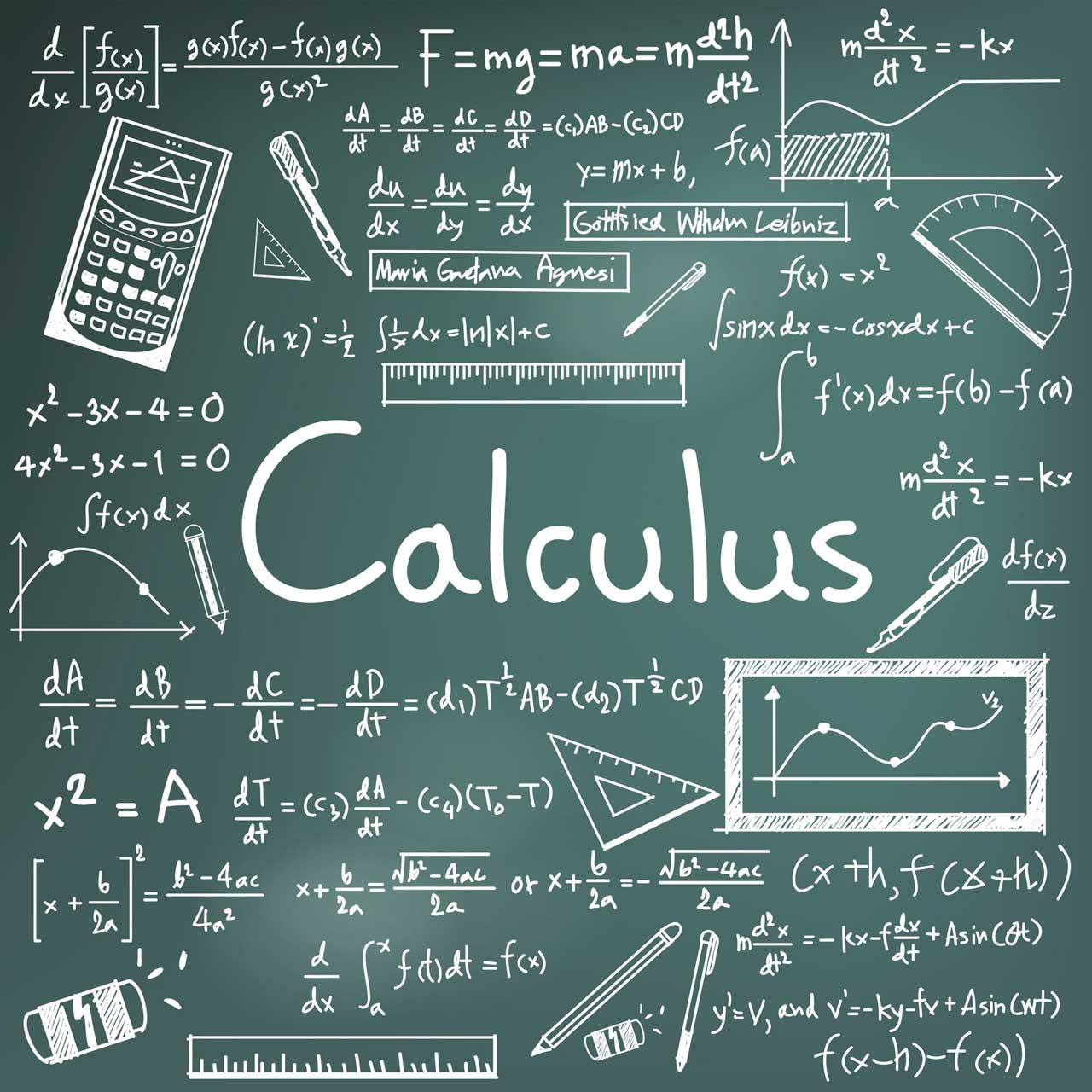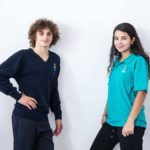
By: Ayat, Niko and Suzanne – Nibras International School
Our Calculus teacher always has creative ideas, especially when it comes to Calculus. At the beginning of the year, it was mentioned that we would be given an elaborate project once we had covered all the material required. Seniors have done this project for the past two years.
As we came closer to the end of the year (and we had covered all of the materials required), she finally introduced the project. We were told that we had to construct a roller coaster model, but discovered there was much more required when reading the project description. At first we thought we just needed to build a model of a roller coaster, but then she gave us a rubric that explained the full project. The project requirements were the following: Design a roller coaster on GeoGebra using piecewise functions, construct a 3D model and use derivatives to make it work, and create a presentation and a poster that market and explain the procedure.
Our class always prefers to create their own groups, so we can work with those we are comfortable with. The class started off with sectioning themselves into groups of three or less. We were given ten school days to submit the final work. There were three major sections of the project: the GeoGebra, the 3D model, and the presentation. Each major section had minor sections. The minor sections for GeoGebra were the two piecewise functions, deriving the functions, and the continued animation. The minor sections for the 3D model were the continuation of the model and the movement of the object. The minor sections for the presentation were the usage of Calculus in real life roller coasters and the marketing of our project.
Mrs Amira gave us ten lessons to work on our project. The majority of class started off with the GeoGebra as it was the baseline for the 3D model’s structure. Most of the class had problems making the actual object move on the roller coaster, and that’s due to the fact that no one thought of the amount of energy that would be required to let the object go through. That explains why some of the models didn’t look exactly like the design on GeoGebra. Another problem the students faced was connecting the piecewise functions smoothly enough to allow the point to animate through.
In the process of manufacturing our projects, we discovered why Calculus is of such great importance when constructing a roller coaster. We were required to derive functions used to design our project and this was to make sure our roller coasters would run smoothly. Deriving a position function gives the velocity of the object, which is needed to make sure an object has enough speed to make it through the full course safely.
While making our projects, students were creative with the materials they used and how they thought of making their project unique. Each project had a special element to it, whether it was the theme the students picked, the apps they used, or the actual structure they picked.
On the day of the presentation, Mrs Amira invited the Senior Leadership Team, and Mrs Christine who also invited some of the ISP members. The presence and the unexpected good reactions of them all have increased the students’ confidence and increased the importance of the project in the students’ eyes. While we presented we tried letting the audience know more about Calculus, such as, what is Calculus used for in real life, how to derive, and how Calculus is fun.”





